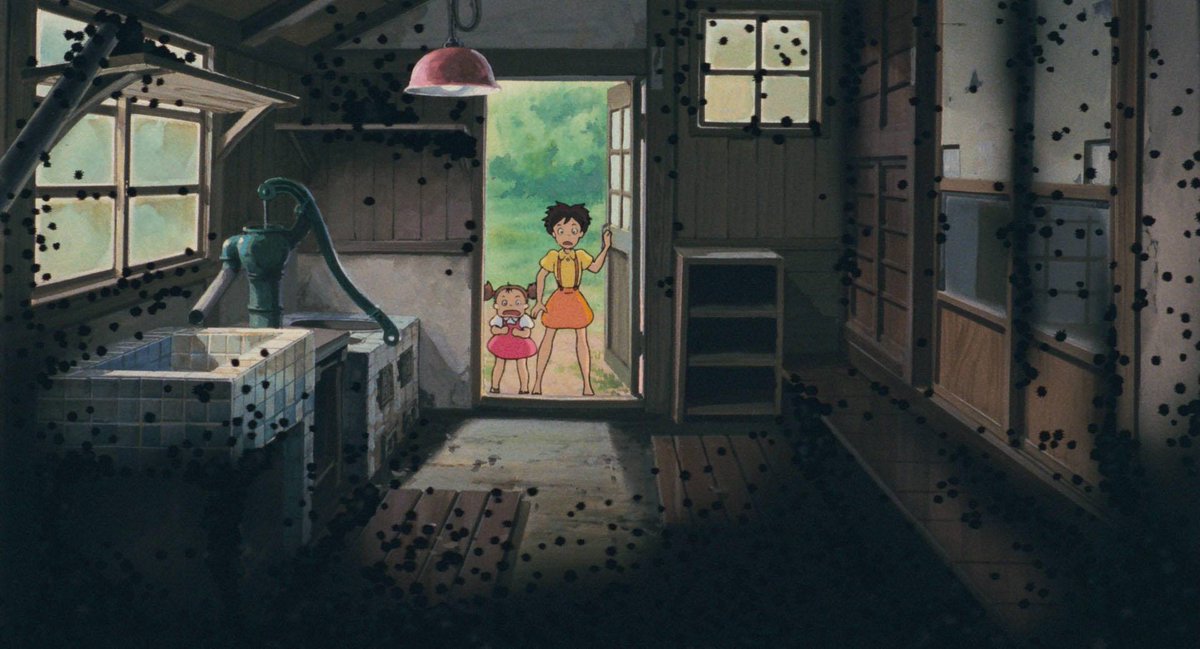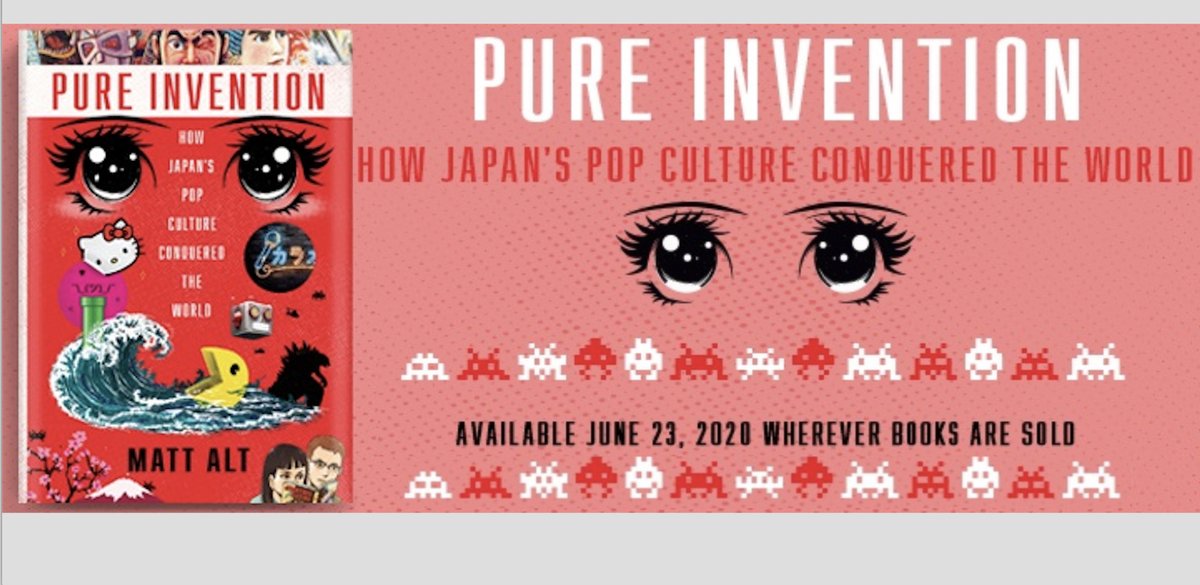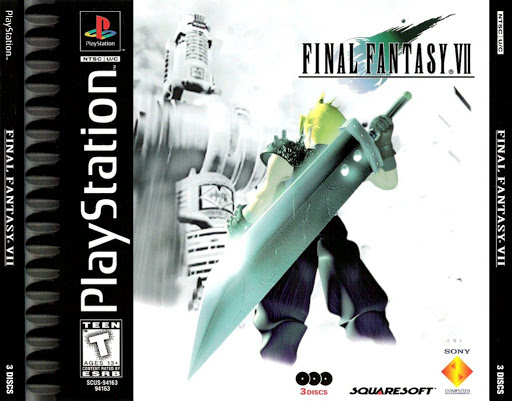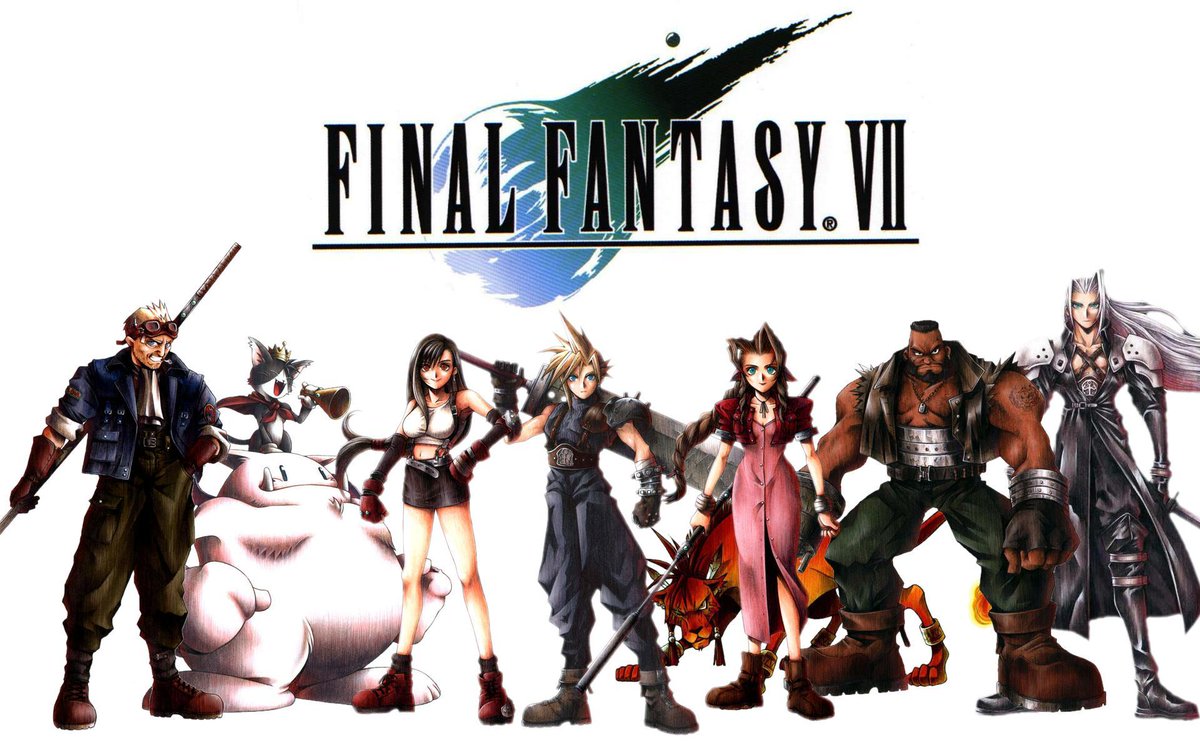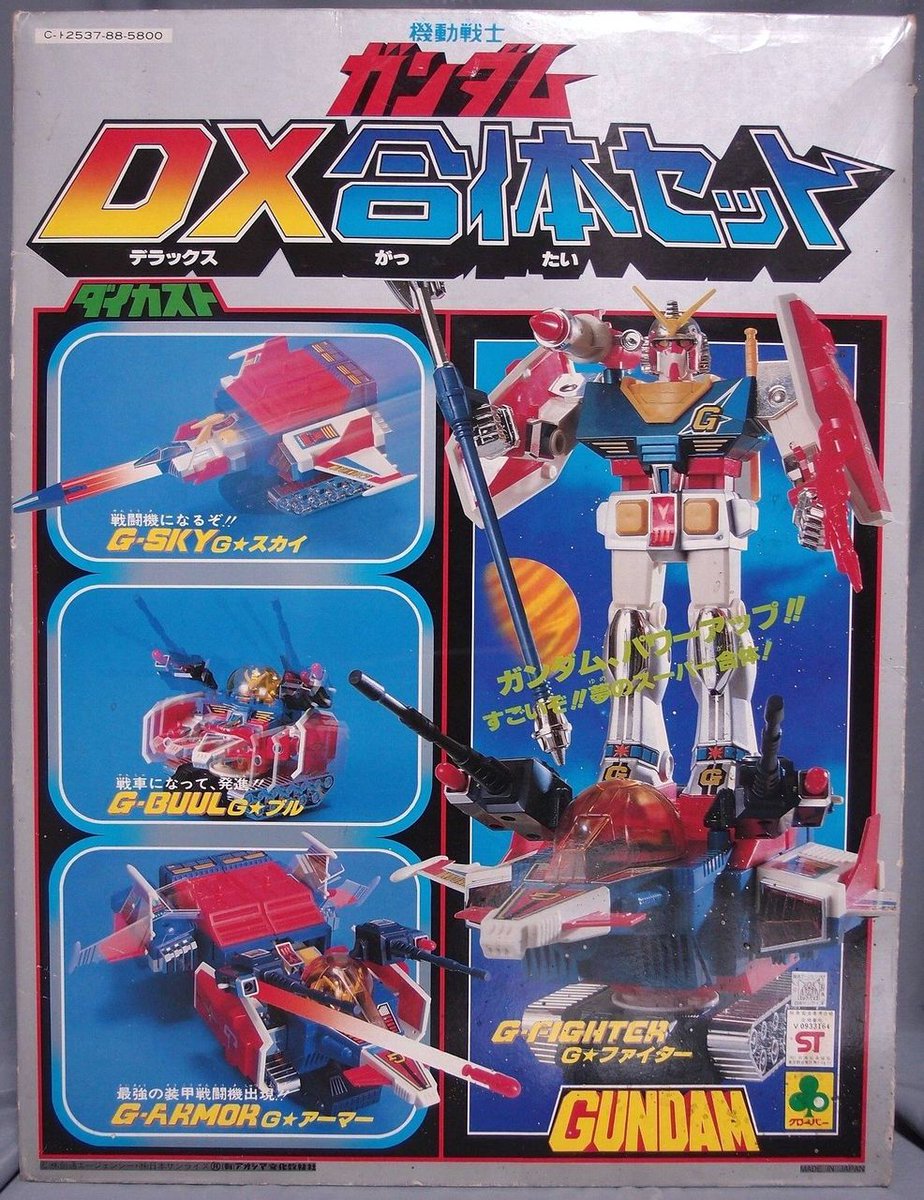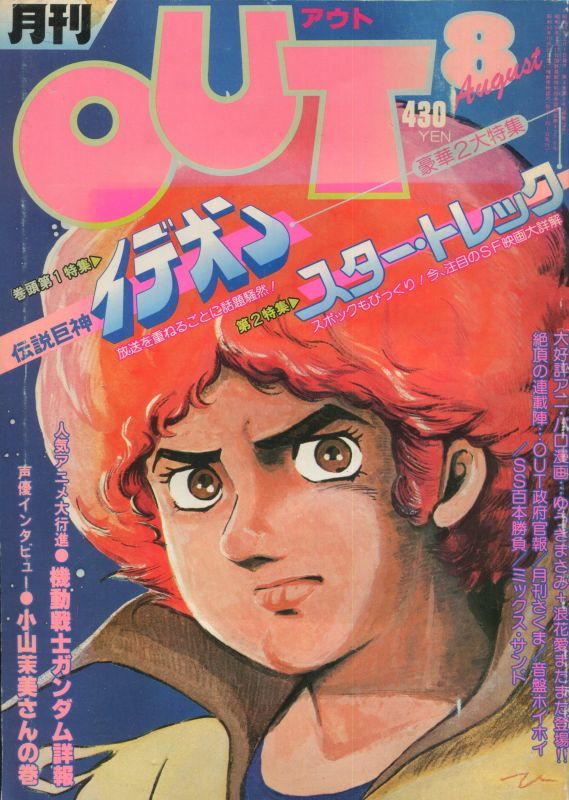
Excited to announce Hiroko's first for the New Yorker! newyorker.com/culture/cultur…
https://twitter.com/Ninetail_foxQ/status/1353852488617611264
There's literally an entire genre of monsters who haunt filthy homes, like the Aka-name, who devours the scum from dirty bathtubs. 

• • •
Missing some Tweet in this thread? You can try to
force a refresh



